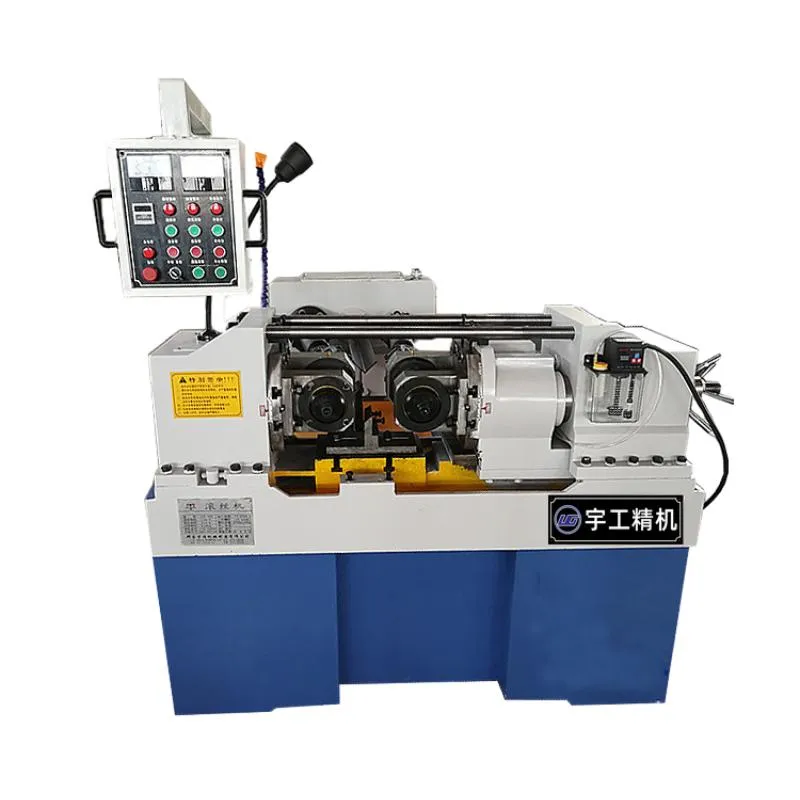
-
 Afrikaans
Afrikaans -
 Albanian
Albanian -
 Amharic
Amharic -
 Arabic
Arabic -
 Armenian
Armenian -
 Azerbaijani
Azerbaijani -
 Basque
Basque -
 Belarusian
Belarusian -
 Bengali
Bengali -
 Bosnian
Bosnian -
 Bulgarian
Bulgarian -
 Catalan
Catalan -
 Cebuano
Cebuano -
 Corsican
Corsican -
 Croatian
Croatian -
 Czech
Czech -
 Danish
Danish -
 Dutch
Dutch -
 English
English -
 Esperanto
Esperanto -
 Estonian
Estonian -
 Finnish
Finnish -
 French
French -
 Frisian
Frisian -
 Galician
Galician -
 Georgian
Georgian -
 German
German -
 Greek
Greek -
 Gujarati
Gujarati -
 Haitian Creole
Haitian Creole -
 hausa
hausa -
 hawaiian
hawaiian -
 Hebrew
Hebrew -
 Hindi
Hindi -
 Miao
Miao -
 Hungarian
Hungarian -
 Icelandic
Icelandic -
 igbo
igbo -
 Indonesian
Indonesian -
 irish
irish -
 Italian
Italian -
 Japanese
Japanese -
 Javanese
Javanese -
 Kannada
Kannada -
 kazakh
kazakh -
 Khmer
Khmer -
 Rwandese
Rwandese -
 Korean
Korean -
 Kurdish
Kurdish -
 Kyrgyz
Kyrgyz -
 Lao
Lao -
 Latin
Latin -
 Latvian
Latvian -
 Lithuanian
Lithuanian -
 Luxembourgish
Luxembourgish -
 Macedonian
Macedonian -
 Malgashi
Malgashi -
 Malay
Malay -
 Malayalam
Malayalam -
 Maltese
Maltese -
 Maori
Maori -
 Marathi
Marathi -
 Mongolian
Mongolian -
 Myanmar
Myanmar -
 Nepali
Nepali -
 Norwegian
Norwegian -
 Norwegian
Norwegian -
 Occitan
Occitan -
 Pashto
Pashto -
 Persian
Persian -
 Polish
Polish -
 Portuguese
Portuguese -
 Punjabi
Punjabi -
 Romanian
Romanian -
 Russian
Russian -
 Samoan
Samoan -
 Scottish Gaelic
Scottish Gaelic -
 Serbian
Serbian -
 Sesotho
Sesotho -
 Shona
Shona -
 Sindhi
Sindhi -
 Sinhala
Sinhala -
 Slovak
Slovak -
 Slovenian
Slovenian -
 Somali
Somali -
 Spanish
Spanish -
 Sundanese
Sundanese -
 Swahili
Swahili -
 Swedish
Swedish -
 Tagalog
Tagalog -
 Tajik
Tajik -
 Tamil
Tamil -
 Tatar
Tatar -
 Telugu
Telugu -
 Thai
Thai -
 Turkish
Turkish -
 Turkmen
Turkmen -
 Ukrainian
Ukrainian -
 Urdu
Urdu -
 Uighur
Uighur -
 Uzbek
Uzbek -
 Vietnamese
Vietnamese -
 Welsh
Welsh -
 Bantu
Bantu -
 Yiddish
Yiddish -
 Yoruba
Yoruba -
 Zulu
Zulu
Advanced Equipment for Precision Thread Rolling Applications in Manufacturing Industry
The Evolution and Importance of Thread Rolling Equipment in Modern Manufacturing
Thread rolling is an essential manufacturing process that involves creating threads on a workpiece by deforming the material. This process is frequently employed in industries requiring precision fasteners, including automotive, aerospace, and machinery. Thread rolling equipment has undergone significant advancements over the years, becoming an integral part of modern manufacturing.
Historical Overview
The origins of thread rolling can be traced back to the early days of mechanized manufacturing. Initially, it was a manual process, with artisans creating threads with basic tools. However, as demand grew for more efficient and precise manufacturing methods in the late 19th and early 20th centuries, manufacturers began to develop specialized equipment.
The invention of the first thread rolling machines marked a significant turning point. These machines utilized cylindrical dies to create threads by applying substantial pressure to the material, resulting in a stronger and more uniform product than traditional cutting methods. This shift was particularly important as industry standards began to evolve, emphasizing the need for higher quality and performance.
Advantages of Thread Rolling
Thread rolling offers several advantages over traditional machining processes. One of the most notable benefits is the improvement in material properties. The rolling process creates a favorable grain flow, enhancing tensile strength and fatigue resistance. This is particularly crucial for components subject to high stress during operation. Additionally, thread rolling generates less waste compared to cutting, making it a more sustainable option.
Another advantage is the speed of production. Thread rolling can achieve high output rates, which is vital for meeting the demands of mass production. The process also allows for the continuous forming of threads, reducing cycle times significantly. This efficiency translates into lower production costs and a faster turnaround for manufacturers, making it a preferred choice in competitive markets.
thread rolling equipment product

Moreover, the precision of thread rolling equipment has improved dramatically with advancements in technology. Computer numerical control (CNC) systems now enable extremely accurate and repeatable thread formations. This precision is essential for ensuring that fasteners fit correctly and function as intended, thereby reducing the risk of mechanical failure in critical applications.
Technological Innovations
The thread rolling equipment market has seen several technological innovations in recent years. These include the integration of automation, enhancing the speed and efficiency of production. Automated systems can manage multiple machines and monitor the thread rolling process in real-time, allowing for immediate adjustments and minimizing defects.
Another innovation is the introduction of advanced materials and coatings that improve the lifespan and performance of thread rolling machines. For instance, incorporating wear-resistant materials in the manufacturing of dies enhances durability, thereby reducing downtime and maintenance costs. Additionally, specialized coatings can improve the surface finish of rolled threads, leading to better performance in demanding environments.
Furthermore, the industry has recognized the importance of energy efficiency. New thread rolling equipment is being designed with sustainability in mind, reducing energy consumption during operation. This trend aligns with the broader manufacturing push toward greener practices, as companies strive to lessen their environmental impact.
Future Trends
Looking ahead, the future of thread rolling equipment appears promising. As industries continue to seek more efficient and reliable manufacturing processes, the demand for high-quality thread rolling solutions will only grow. The development of smart manufacturing technologies, such as the Internet of Things (IoT), promises to revolutionize thread rolling. By integrating IoT systems, manufacturers can gather data from machines to optimize processes, predict maintenance needs, and increase overall productivity.
In conclusion, thread rolling equipment plays a vital role in modern manufacturing. Its evolution from manual techniques to sophisticated automated systems showcases the industry's commitment to quality and efficiency. As technology continues to advance, thread rolling will remain a key process for producing high-quality threaded components, ensuring the success of industries reliant on precision engineering. As manufacturers embrace innovation and sustainability, the future of thread rolling equipment is set to be both dynamic and transformative.
